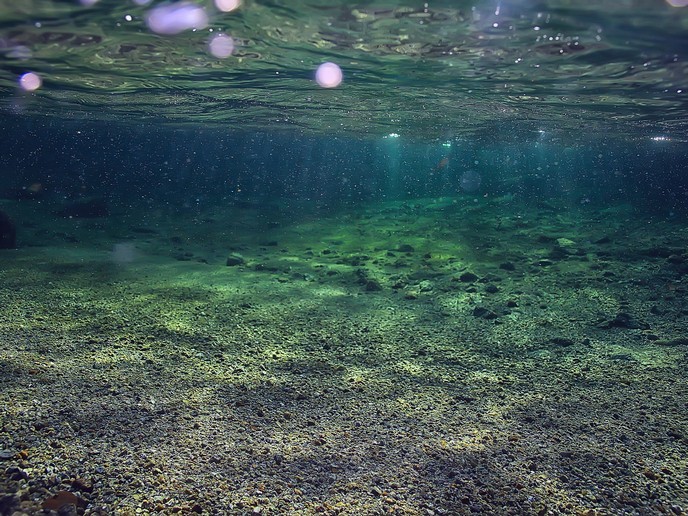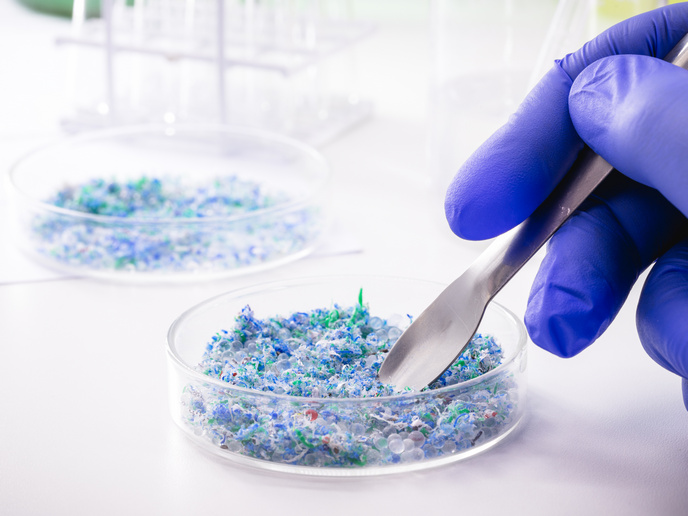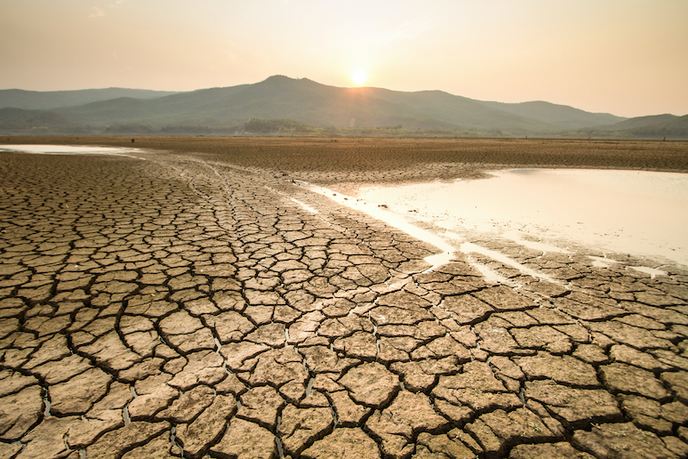How iron influences the CO2 levels in oceanic microbial respiration
The majority of the ocean’s biomass comprises microorganisms like phytoplankton(opens in new window) and bacteria. At the ocean surface, phytoplankton captures the sun’s energy and through photosynthesis absorbs carbon dioxide (CO2) and releases dioxygen (O2). Conversely, bacteria use O2 for growth, releasing CO2 during respiration. “About 10 billion tons of carbon are captured at the ocean surface annually, the same amount as human-driven global CO2 emissions,” says Marion Fourquez(opens in new window), Marie Skłodowska-Curie fellow(opens in new window) from the EU-funded BULLE project. “But the fate of all that CO2 is unknown. Instead of being sequestered in the deep ocean by bacteria, the bacteria could be respiring it.” The ocean’s ‘metabolic balance’ – the difference between the rate of CO2 sequestration through photosynthesis and CO2 discharge into the atmosphere by respiration, has important climatic consequences. “While bacterial respiration accounts for about 50-90 % of total respiration in the oceans, its pivotal role in oceanic CO2 sequestration remains underexplored,” adds Fourquez from Aix-Marseille University(opens in new window), the project host. BULLE evaluated the ‘respiratory quotient’ (RQ) – the ratio between the volume of CO2 consumed and O2 produced, to help estimations of oceanic carbon capture.
Oceanic metabolic balance
If photosynthesis predominates, the ocean is in a state of net ‘autotrophy’, where phytoplankton produce more O2 and organic matter than is consumed by other organisms, such as bacteria during respiration. When respiration predominates, the ocean can become a net contributor of atmospheric CO2, a less understood dynamic partly because traditional techniques cannot adequately measure CO2 released by microbial respiration. So, respiration rates are always measured as O2 consumption rates and later converted to CO2 rates by applying an RQ, with most studies assuming a fixed RQ of 1. “The source of carbon used in bacterial respiration theoretically changes the RQ, making it variable. My hypothesis was that alternative metabolic pathways, possibly as a stress adaptation, may also affect the RQ,” explains Fourquez. “We were the first to discover that the RQ decreases markedly when bacterial cells are deprived of iron(opens in new window) – significant because up to a third of the world’s oceans are iron-depleted, creating uncertainty in current carbon cycling calculations.”
Cellular and community studies
BULLE combined different techniques to measure the RQ in marine bacteria, both in the lab (controlled conditions with more biomass and so a higher signal) and in the field (lower biomass, so weaker signal picked up by sensors). In the lab, membrane inlet mass spectrometry was used to measure CO2 production and O2 consumption during bacterial respiration. “This method had never been used for this before but we managed to implement it with multiple sensors, for temperature, pH, etc.,” notes Fourquez. Fourquez also developed a new method at sea, during the Southern Ocean SWINGS(opens in new window) expedition, using stable isotope labelling(opens in new window) (13C) to measure CO2 production and carbon assimilation in bacterial cells during respiration. “This allowed me to follow carbon from the environment to the cell, then out after respiration,” she explains. To accurately estimate the RQ at multiple sites, a combination of techniques were used, principally: NanoSIMS(opens in new window), Gasbench mass spectrometry(opens in new window), traditional Winkler’s method and modern O2 sensors.
Towards global carbon budget modelling
The magnitude and variability of microbial respiration is a driver of oceanic deoxygenation which reduces aquatic life. Further oxygen loss is predicted at mid- and high-latitudes, exacerbated by increased respiration. “Our innovative combination of mass spectrometry and biomolecular technologies can now help improve understanding about the oxygen cycle in the ocean,” adds Fourquez. Fourquez now intends to model the global carbon budget, alongside the development of user-friendly bioindicators to monitor and prevent episodic deoxygenation events.







